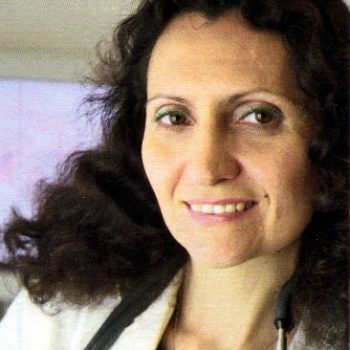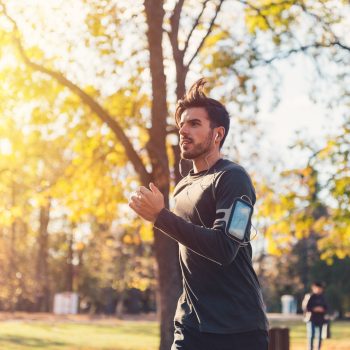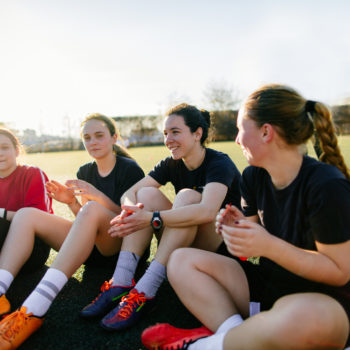In old age, physical activity – or rather, a certain type of physical activity – can help older people to improve their physical abilities, although it may not be a guarantee of a reduction in the risk of fragility. This is the conclusion of a research carried out by an international research team published in Annals of Internal Medicine. This different outcome is explained in the light of the model of physical activity tested by the researchers, a mix of aerobic exercises and stretching, as Professor Daniela Lucini, Head of the Humanitas Section for Exercise Medicine explains: “As the results show, that type of exercise programme was unlikely to be effective in terms of reducing fragility. However, the study leaves us with an important message, namely that the prescription of physical exercise must be done in consideration of the objective to be achieved”.
The study involved 1,635 sedentary elderly people aged between seventy and eighty-nine years. They were randomly assigned to two groups: one group was asked to participate in a structured physical exercise programme and the other to take part in a health education and promotion course. The first one took up to 150 minutes of walking and physical activity to improve endurance and flexibility.
Exercise benefits
All those involved, although they generally had functional limitations, were able to walk 400 meters in a quarter of an hour, or even less, without assistance. A small share in both groups was made up of elderly people considered fragile: they were not able to lift themselves up from the chair five times in a row without using their arms, they were slimming significantly recently and felt fatigued and without energy.
At the end of the research, the benefits of physical activity were seen exclusively on one of these criteria that defined the concept of fragility, i.e. the ability to get out of the chair. Therefore, if the risk of becoming fragile was independent of exercise, older people had maintained or improved their physical ability.
Better balancing ability
As one of the researchers at Tufts University in Boston (USA) recalls, even the most fragile elderly person can benefit from physical activity. Therefore, this condition should not contradict the possibility of prescribing a certain ‘dose’ of activity, which is certainly commensurate with one’s physical condition. Fragility is a condition linked to osteomuscular aspects, with a reduction in bone mass and muscle mass, on which it is better to work in a preventive perspective. Once it has occurred one can intervene but with different instruments than those tested in the study”.
According to the International WHO guidelines, the World Health Organization, at least 150 minutes of moderate intensity physical activity or 75 minutes of increased intensity per week should be practiced even after the age of 64. However, in case of reduced mobility, exercises should be carried out to improve the balance in order to prevent the risk of falling at least three days a week: “These are the areas on which we must work together with a frail elderly person”, Professor Lucini points out. It is necessary to intervene on proprioception, on balance, also aiming at minimum muscle reinforcement, all with the aim of reducing the risk of falling and, ultimately, fracture, as well as trying to make the elderly more independent. Resistance and flexibility aspects are less relevant, as the authors of the research point out. We should not forget that exercise is like a medication that has to be prescribed precisely according to needs and what you want to “cure”, the specialist concludes.










